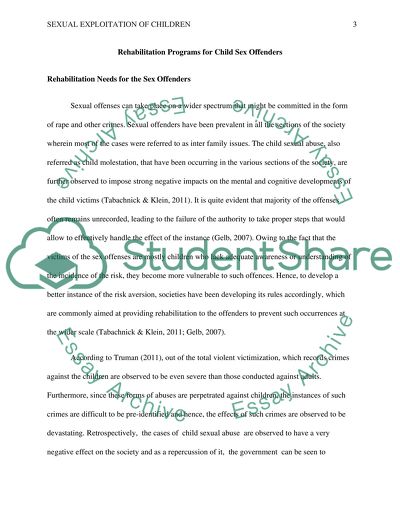Cite this document
(“Sexual Exploitation of Children Research Paper Example | Topics and Well Written Essays - 3250 words”, n.d.)
Sexual Exploitation of Children Research Paper Example | Topics and Well Written Essays - 3250 words. Retrieved from https://studentshare.org/law/1664188-sexual-exploitation-of-children
Sexual Exploitation of Children Research Paper Example | Topics and Well Written Essays - 3250 words. Retrieved from https://studentshare.org/law/1664188-sexual-exploitation-of-children
(Sexual Exploitation of Children Research Paper Example | Topics and Well Written Essays - 3250 Words)
Sexual Exploitation of Children Research Paper Example | Topics and Well Written Essays - 3250 Words. https://studentshare.org/law/1664188-sexual-exploitation-of-children.
Sexual Exploitation of Children Research Paper Example | Topics and Well Written Essays - 3250 Words. https://studentshare.org/law/1664188-sexual-exploitation-of-children.
“Sexual Exploitation of Children Research Paper Example | Topics and Well Written Essays - 3250 Words”, n.d. https://studentshare.org/law/1664188-sexual-exploitation-of-children.


